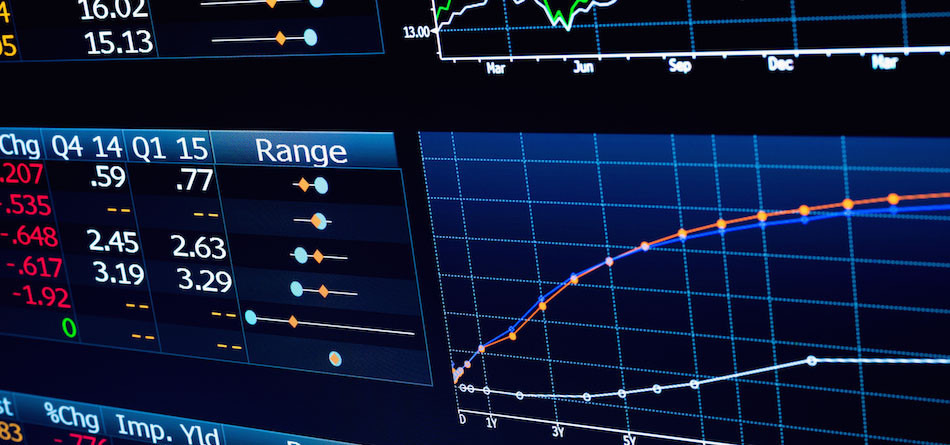Billy Hult is president of Tradeweb Markets.
What were the major themes of your business in 2015?
Scalability and growth were standout themes throughout 2015 at Tradeweb. Electronic trading of rates products continues to increase as we have applied new functionality and workflow efficiency in both Tradeweb and Dealerweb. List trading is on the rise, and the unique structure of our proprietary Active Treasuries platform continues to gain traction. We’ve seen similar growth in the use of technology in derivatives too, where our list and compression functionality has experienced overall growth to average daily trading volumes exceeding $30 billion in notional on TW SEF. Equally exciting has been the unique shift of block trading to Tradeweb’s TW SEF, where ClarusFT found that, as of October, approximately 75% of D2C block trading was taking place on our SEF.
But we’ve scaled our leading market technology in credit here in the U.S. as well, infusing automated workflow into Treasury spotting for investment grade corporate bond trading. Already, clients have responded with increasing activity on our U.S. credit platform exceeding $5 billion in volume year-to-date, with more than 250 buy-side participants now on board. This is a great example where market participants have seen real, tangible improvements to their workflow as Tradeweb has scaled technology to help reduce inefficiency and facilitate easier transaction activity.
 Billy Hult, Tradeweb Markets
Billy Hult, Tradeweb Markets
What are your expectations for 2016?
There is a familiar feeling to 2016 as when the industry first began working on reform under Dodd-Frank over five years ago: a focus on preparation. At Tradeweb, we’re committed to ensuring clients’ ability to access liquidity with greater efficiency and transparency. We expect market participants will continue down a similar path as they adapt to new technology, anticipate reform in Europe, and seek to manage their trading operations more effectively.
Whereas derivatives continue to provide market participants with effective risk management, access to efficient trading tools on SEFs will result in increased adoption of solutions like buy-side compression, and standardized instruments such as market-agreed coupon (MAC) swaps. We’re still in the early stages of electronifying the U.S. credit markets, but we’re seeing similar kinds of operational enhancements take hold like they did with electronic trading of derivatives prior to the SEF trading mandate: we’re introducing operational efficiencies and helping clients locate the other side of trades, and e-trading in corporates is on the rise.
Trading in U.S. Treasuries will continue to hold its share of the spotlight, especially as the roles of market participants are changing and influencing liquidity. As the leading venue supporting Treasury trading in the institutional, wholesale and retail communities, we’re looking forward to leading the technical revolution by providing more efficient solutions, more liquid trading platforms, and more connections to more industry participants.














